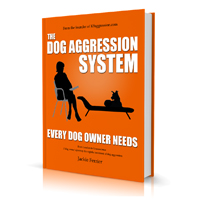Your cart is currently empty!
The importance of getting your dog’s attention at the earliest stage of aggressive arousal.
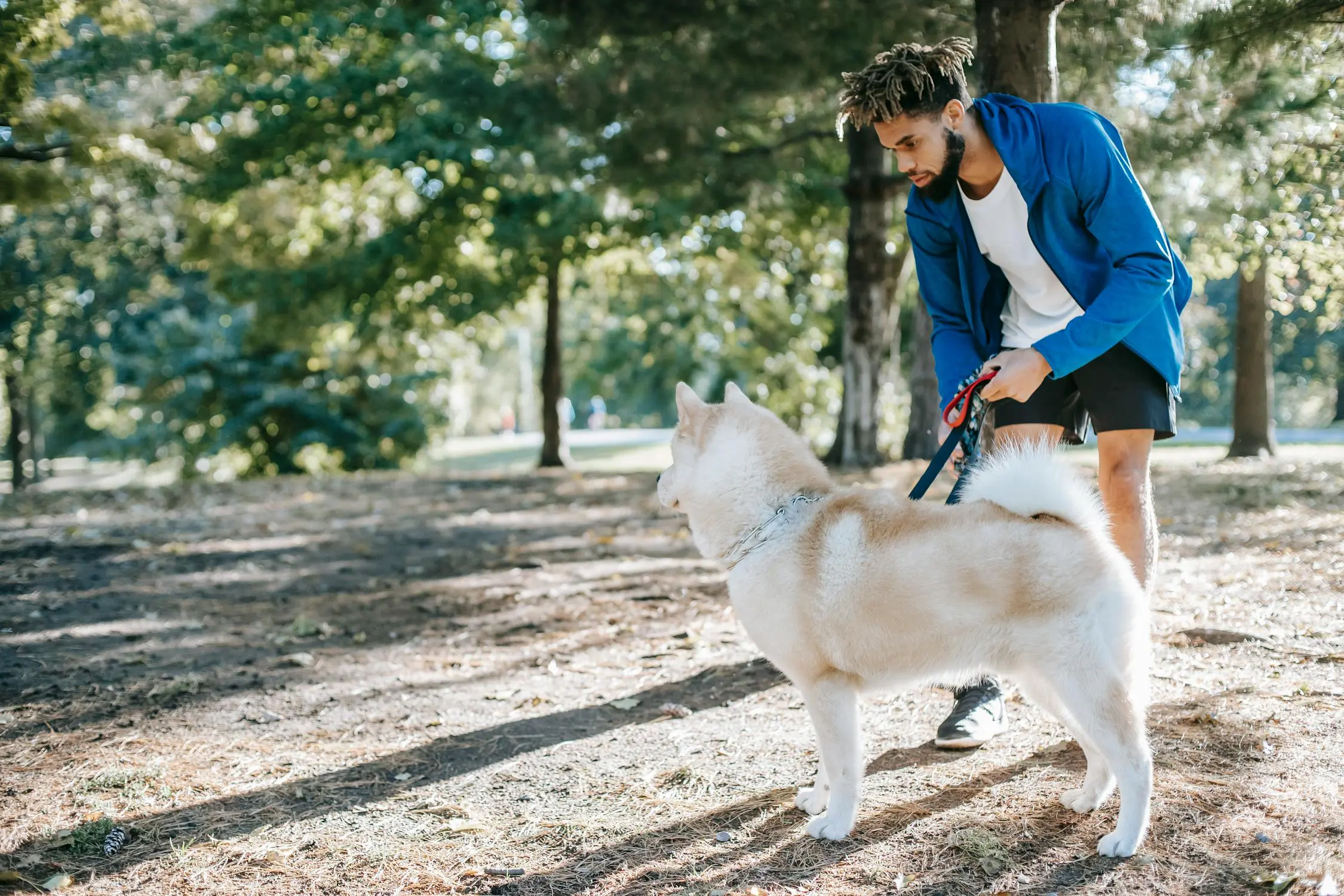
We and our dogs are unable to pay full attention to more than one thing at a time. Outside of dogs that are aggressive toward their owners, it means that if you can hold your dogs attention, they will not be attention to whatever else he is becoming aggressive towards.
Dogs that are not attending to the threats in the their environments are not going to become anxious, and therefor reactive or aggressive.
“But my dog doesn’t pay any attention to me.”
Owners of dogs that show some aggression often report how difficult it is to get their dog’s attention once they become fixated on the target of their aggression. This creates a common complaint that behavior modification (desensitization and counterconditioning) doesn’t work and misleads people into thinking that they can’t really improve aggression in their dogs. Learn more about behavior modification.
In reality there are three components to getting and keeping your dog’s attention:
- The degree to which your dog has been trained to believe there is something in it for them to pay attention to you over whatever they’re interested in
- The degree to which your dog perceives a threat or feels threatened – and how threatened she or he is at that exact moment
- Where in the behavioural sequence your dog is (mildly concerned, or pupils-dilated-heart-racing-engaged-for-action concerned)
So what does this mean? First we need to understand the nature of attention.
Attention and Your Dog’s Priorities
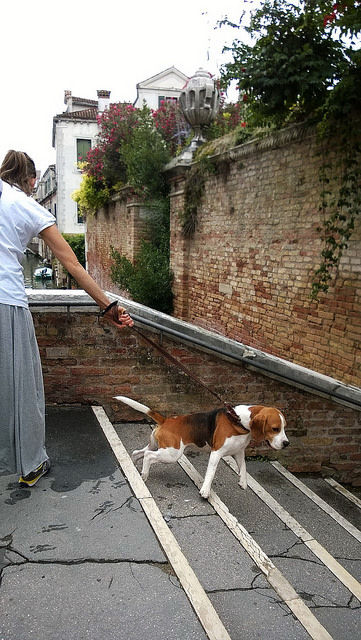
The attention focus has an evolutionary value to it. This concentration helps animals focus on surviving. Animals can’t afford to be distracted if it means being attacked, starving, or being pushed out of a territory where they were safe and food is abundant.
But not of all of these concerns have the same priority weight at the same time.
Decisions are governed moderated by emotion and motivation, with negative, unpleasant emotions being the first that take priority. The need to resolve anxiety has a greater priority over hunger – provided the animal is not close to starving, and the anxiety is moderate.
So your dog is not just being stubborn when he is not listening to you. The unpleasantness of being punished may not be outweighed by the unpleasantness of being anxious.
So where does that leave us when we are trying to prevent our dogs from behaving aggressively? We need to provide an adequate and immediate solution to the dog’s anxiety, and we need to do it before the dog’s anxieties levels are too high and it’s too difficult to get our dog’s attention. Part of that involves understanding predicting under which circumstances it’s likely to occur.
Although fear and anxiety can happen pretty quickly, aggressive arousal can be on a sliding scale in terms of intensity as it is a secondary response to the anxiety.
TIP:Dogs that have high stress loads or have had a lot of practice being aggressive will have much shorter response times.
Predicting dog aggression
Aggressive arousal starts before you see teeth being bared, or hear growls. It starts with the perception of a threat (as perceived by your dog, not you).
Being able to predict your dog’s behavior as well as divert your dog’s attention early enough in the anxiety/aggression sequence is critical in making a difference. The problem is that people don’t always predict very well, nor have they been taught (yet) how to read those clear signs that dogs give when they are not comfortable with a situation.
Predicting badly is sometimes the result of:
- Not wanting to feel that your dog’s behavior must mean your dog is a very bad dog
- Not wanting to feel that you must have done something very wrong for this to happen.
- Not taking the dog’s behavior seriously.
- Not recognizing the signs that indicate anxiety
- Not paying attention to the subtle signs the dog is giving.
- The dog’s behavioral sequence skips a couple of steps due to having developed a habit of responding with aggression.
Predicting your dog’s aggressive behavior does not require you to understand why he is being aggressive at this point. Humans are not that good at it. We have a tendency to make up explanations as a way to predict, but ascribing motivations that may not be accurate or relevant.
How to predict better
- Learn to read the signs of stress and anxiety (more below)
- Watch and pay attention
- Note what comes before the patterns of the conditions anxiety, reactivity or aggression.
There are any number of reasons we don’t pay attention to our dog on a walk or in life. But the first step in dealing with aggression and anxiety in dogs is making paying attention a priority.
When you start to recognize the signs of anxiety, and you learn what comes before an aggressive episode, you will be in a much better position to predict when it will happen. At this point you may be closer to understanding why it happens.
For example, if your dog growls at you when when you push him or her off the bed, or get them into a winter coat, you will start to see that situations where there is an attempt to force your dog to do something is setting alarm bells off for them. Then you might predict that growing might occur similar situations, such as trying to nudge him out of the way when he’s blocking your path in the hallway.
But if you were paying attention, you may also notice that your dog has stiffened up as this happened, too. Perhaps they side-eyed you. Or they don’t turn their head when you call their name.
This knowledge puts you in a position to make different choices to avoid aggression.
What Our Dogs Are Trying to Tell Us That We Ignore
Your dog is not a “bad” dog. It is not evil. Dogs are far simpler than people. Aggression is usually a response to an inability to cope with a situation. The underlying emotions usually pain, fear or frustration, or a combination. Your dog doing the only thing he or she can do to cope with the situation that causes them to feel anxious, frustrated or fearful.
Most dog aggression is fear or anxiety based. It’s important to understand that dog aggression is actually risky behavior for the dog. It is not a first choice (unless it has occurred several times, in which case, it is less a choice, and more a habit).
That means we need to look at the signs that indicate our dog is uncomfortable before things get to this point.
What is essential in this process is knowing how to read the clear signs. Most people who have not been taught how to read signs of anxiety in dogs simply have no idea their dog is uncomfortable. Your dog might feel trapped in a room room or a leash, or, the target of their aggression might keep approaching or is behaving unpredictably. As your dog’s anxiety grows, his or her options to cope the anxiety become limited to a few responses which is to back the person or dog off, or stop the person or dog from causing harm.
Common Signs of Stress or Social Unease in Dogs
- Licking lips
- Turning their head away
- Showing the whites of their eyes
- Putting their ears back
- Stiffening up
- Moving slowly
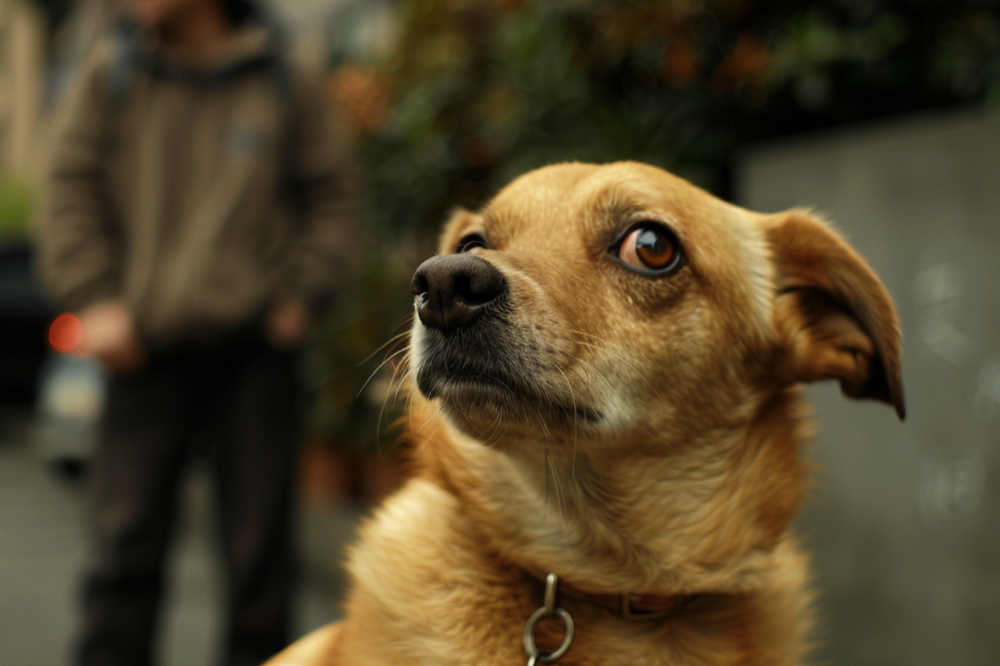
We miss the signs and then we are surprised when our dog suddenly acts aggressively. When you know when your dog is starting to stress out, you can change what is going on, what you are doing, move your dog or the target away from each other, or at this point distract your dog.
There are many resources online that can help teach you these signals. They are also outlined in The Dog Aggression System Every Dog Owner Needs e-book which also teaches you about behavior modification as well as a number of other strategies you can put into place that will improve your dog’s behavior.
Timing and treatment of dog aggression
Timing is important for clicker training but it is even more important in both controlling a dog’s aggressive behavior and treating it.
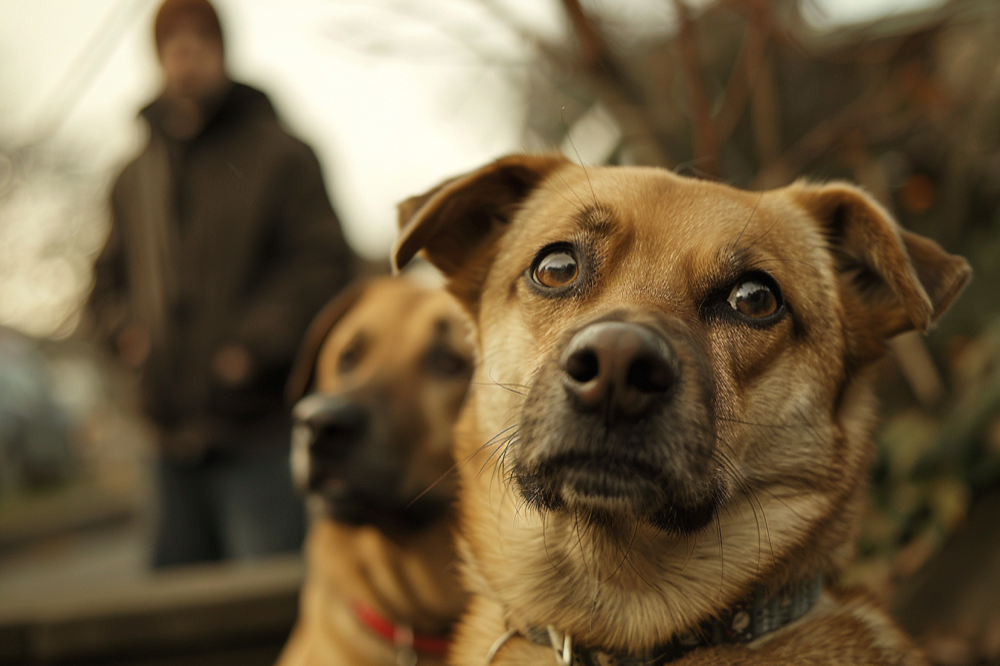
The moment before or just when we start seeing a sequence of behaviors that tells us the dog is starting to become worried is the key moment. At that starting point in the behavioral sequence we can desensitize and counter condition (benefited by the dog learning some foundation exercises). If your dog cannot be calmed (and he or she should be taught to know how to do this when you ask), then you need to move away or back to where he or she can be calm.
The dog is not able to pay full attention to us if it’s too late in the behavioral sequence.
His or her nervous system has kicked the “fight or flight” response into gear, and it is very hard to change a dog’s mood and attitude once this happens. When your dog is this aggressively aroused is when your dog are most likely to cause harm, putting him or her at risk for euthanasia and you for a lawsuit.
Male dogs that have not been neutered yet will be even more difficult to distract because testosterone helps to enhance selective attention, and at the same reduces the distraction towards other things. So while neutering your male dog may not treat aggression directly it may help with control and management by making the dog little more easily distracted and there for making it more possible to redirect him towards an incompatible behavior.
SEE ALSO: 6 Other Ways to Keep Others Away From Your Dog
Taking Dog Aggression, Anxiety and Reactivity More Seriously
Not all dog behavior can be truly defined as aggressive. But situations that cause anxiety and reactivity can develop into aggression.
It is common that people who love their dogs are often blinded from seeing just how much of a risk aggressive behavior is and how it gets worse. A reactive dog who is continually subjected to more anxiety provoking situations can develop into a aggressive dog. No one is ever prepared for the first time their dog’s problem escalates.
Not only can your dog’s aggression cause irreparable damage, but it can leave you vulnerable to a lawsuit years after. If your dog is showing any signs of aggression, make sure you treat it immediately.
Learn more about dog behavior, reactivity and aggression
To start you could check out our The Dog Aggression System Every Dog Owner Needs e-book. It will give you immediate advice on how to manage it as well as give you an idea of what is involved in a treatment plan.
It is the perfect addition to consulting a qualified expert or depending on your experience and the nature of your situation, can be used on it’s own in many cases. Serious cases of aggression should be seen by a veterinary behaviorist. The right trainer might be able to help you with less serious cases. We always suggest you read up on dog behavior and dog aggression to learn more. Check out our resources.
ADVERTISEMENT
The Dog Aggression System Every Dog Owner Needs E-book
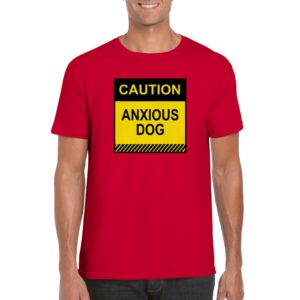
Anxious Dog Shirts only available in our shop
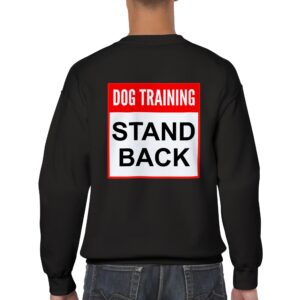
Keep people away with our Stand back shirts

